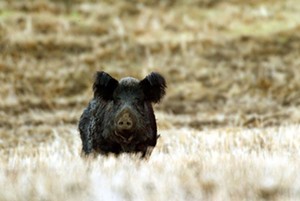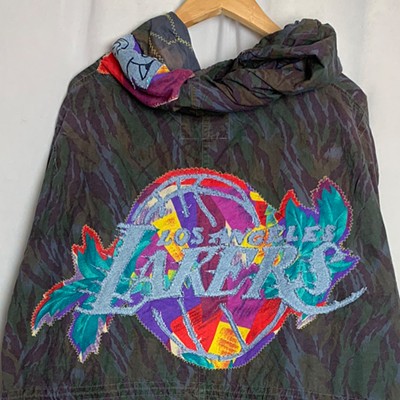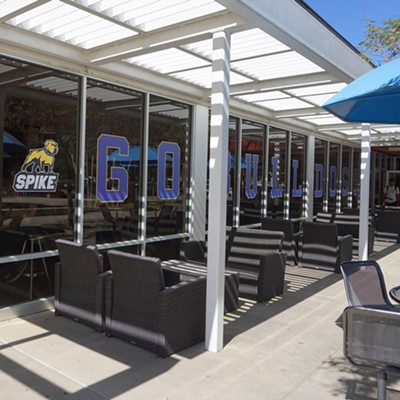These days, hunting is done more for sport than survival. And while California has lots of open spaces for wildlife to roam, hunters often have a hard time getting access to land because much of it is private and the public portions are also transitioning to private ownership, according to Victoria Barr, an environmental specialist with the California Department of Fish and Wildlife (CDFW).

But one program aims to solve that problem.
It’s called the Shared Habitat Alliance for Recreational Enhancement (SHARE) and it’s a collaboration between property owners and the state that offers limited access to hunters on private land.
Now in its sixth year, hunters get access to quail, deer, turkey, dove, wild pig, and bear hunts on more than 1,000 acres of land in some of the most remote parts of the county. Previously, only the Jones and Sleep Creek Ranch in the Cuyama Valley were available; now CDFW spokeswoman Victoria Barr said the Baeke Ranch near Solvang is the newest addition.
According to Barr, the way it works is that landowners are compensated by the state at a rate of up to $30 per acre for allowing use of their land. Application fees pay for the program. It’s the goal of the CDFW to break even each year, Barr said, and so far the program is mostly self-sufficient.
What’s good about this program, Barr added, is that ranches border public lands, giving SHARE Program hunters a greater range than those only restricted to public lands.
There are conditions for landowners enrolling in the program. The land has to be safe, it must offer safe places to park, and it must contain—or potentially contain—certain species of game.
However, finding wild pigs may be a bit difficult. Jim Lopez with the U.S. Forest Service in Santa Barbara told the Sun that there hasn’t been a sighting of a wild pig in 2 1/2 years because of the drought.
The best place to find pigs is near water, Barr said. But even then, she added, pigs are transient and highly adaptive creatures.
“When it comes to wild pig, it’s mostly on private lands,” Barr told the Sun. “People want them off their property because they’re really destructive.”
Wild pigs in California are a non-native species and are actually a hybrid between feral pigs brought here by settlers in the 1700s and wild boars introduced into the wild by a Monterey County landowner in the 1920s, according to the CDFW.
Black bears are fair game in the program too. The species isn’t threatened in California and is a nuisance in some spots, Barr added.
While organizations such as the People for the Ethical Treatment of Animals decry hunting as a path to extinction for some species, others believe the activity is an effective way to control overpopulation.
“The problem is that they can become victims of their own success and become so abundant that they then become a threat to the survival of other species and to their own population,” Mary Pearl, a conservationist with the City University of New York, told nationalgeographic.com in 2014.
The SHARE program also covers liability for the landowners. Hunters and non-hunters sign waivers before stepping foot onto the property, Barr said.
The program doesn’t change hunting regulations or extend seasons, Barr said. Hunters still must obtain proper permits and must still abide by all hunting laws, including bag limits.
“We don’t over harvest,” Barr said. “It’s very limited. I would rather have quality hunts than more hunts.”
Several hunting periods in the program have already passed, but there are more dates planned for September and October. For more information on SHARE hunts on Baeke, Sleepy Creek, and Jones ranches, visit wildlife.ca.gov/hunting/share. Applications to the program cost $11.37 and participants can only hunt one allowed species of their choice. To apply for SHARE hunts, visit wildlife.ca.gov/licensing/online-sales.
Highlights
• The Santa Barbara Museum of Natural History hosts In the Beginning: The Early Years in the Santa Barbara County Wine Country on Oct. 23 from 1 to 5 p.m. in the Fleischman Auditorium. Meet some of the county’s wine pioneers and get a food and wine tasting to boot. Ticket prices range from $75 to $100. For more information, call Meridith Moore at 682-4711, Ext. 112, or email [email protected].
Staff Writer David Minsky wrote this week’s Biz Spotlight. Information should be sent to the Sun via fax, email, or mail.











